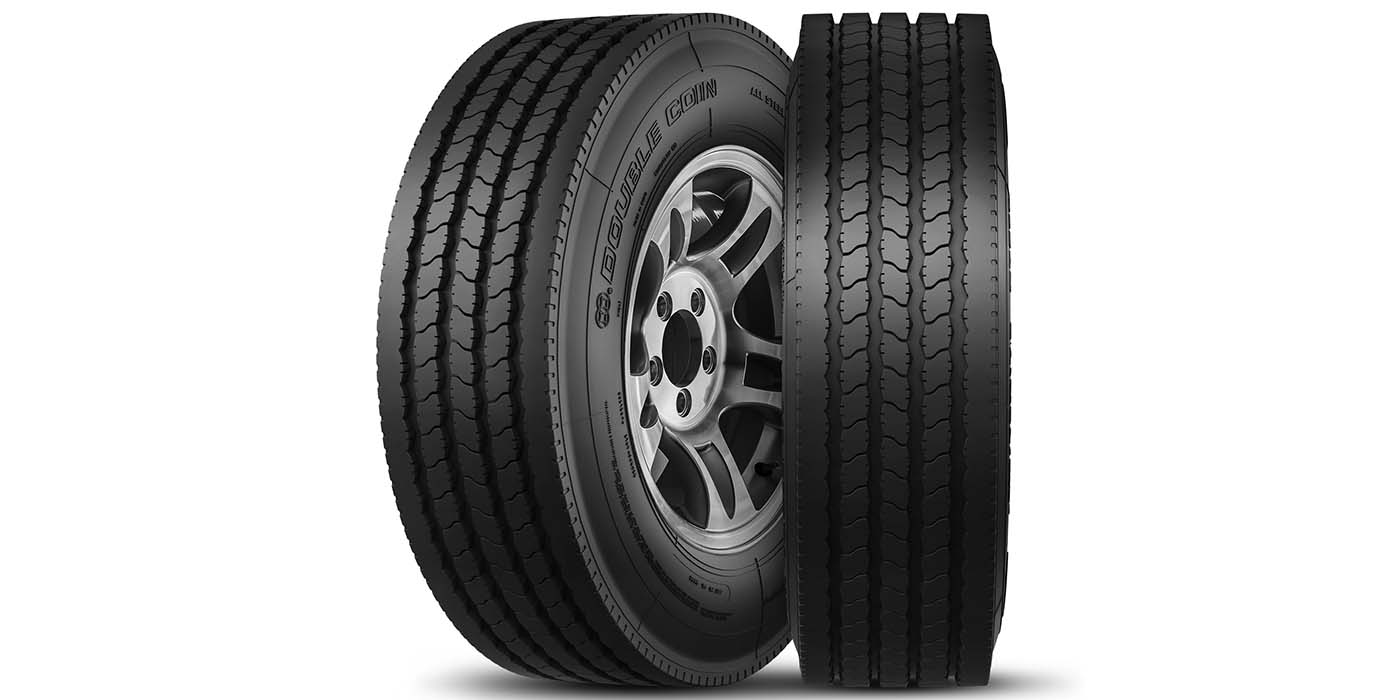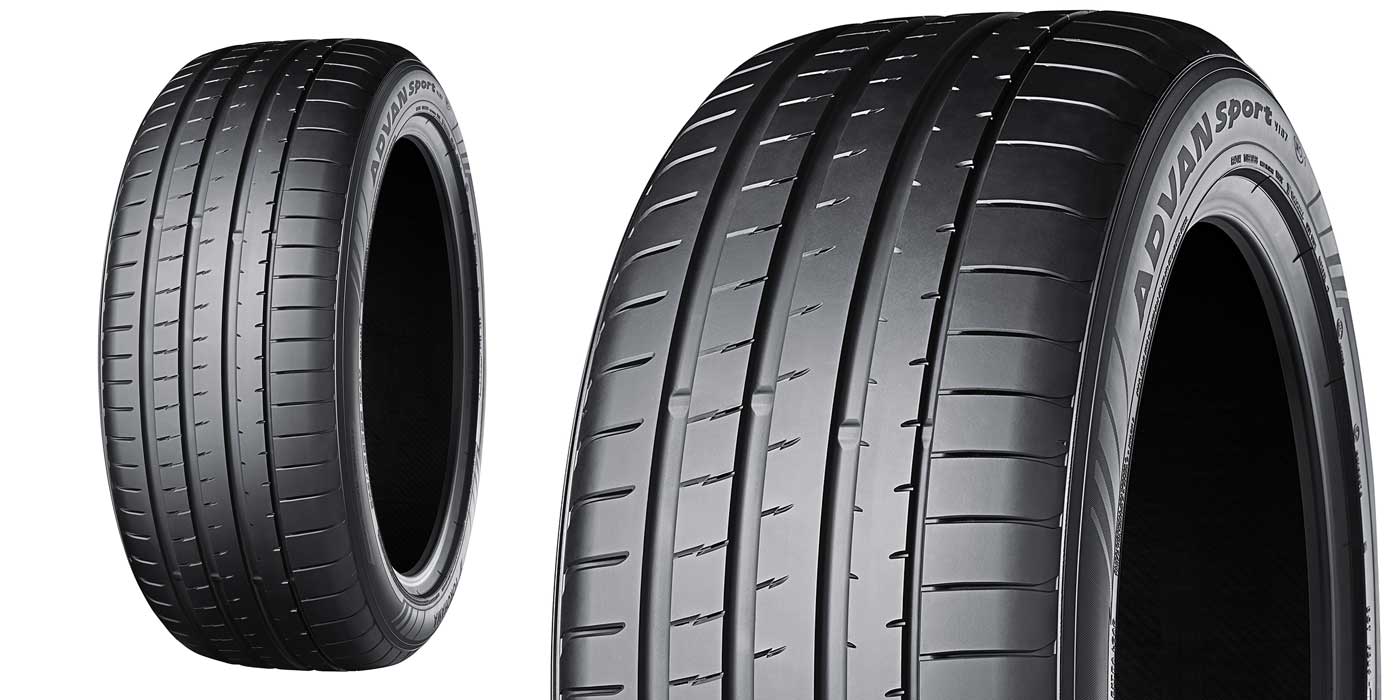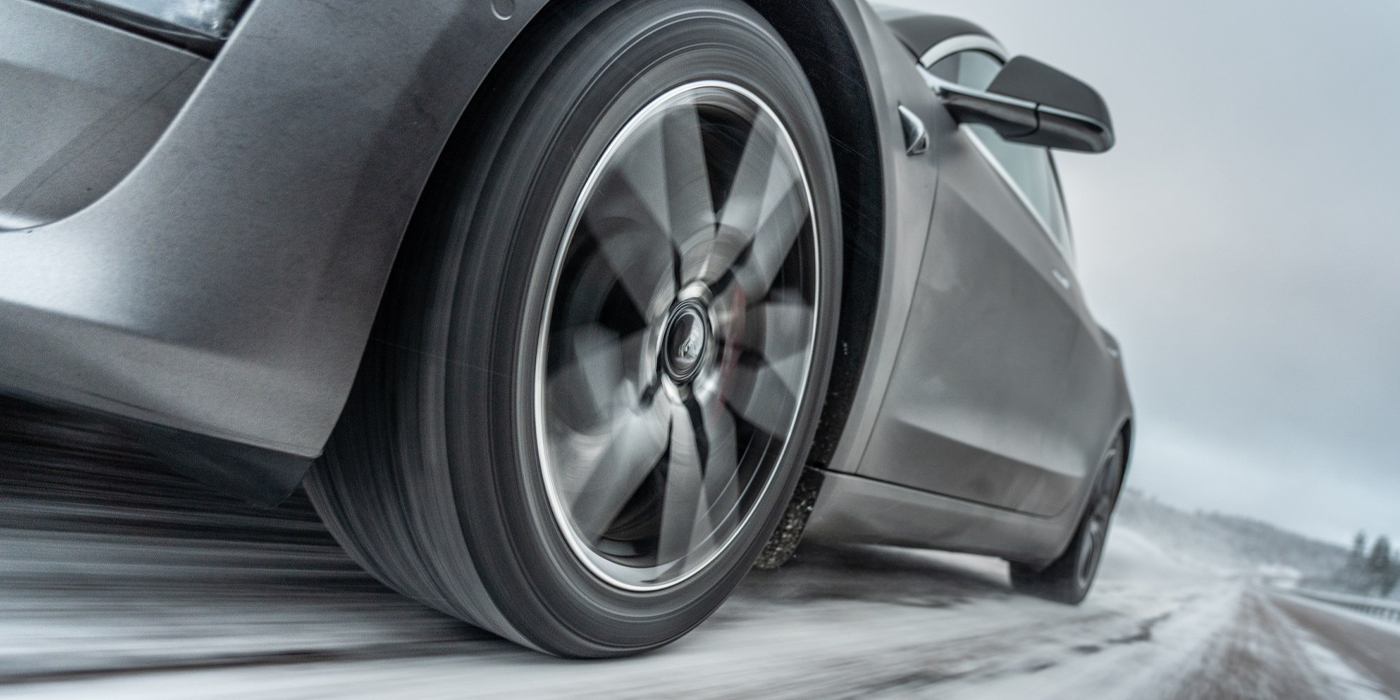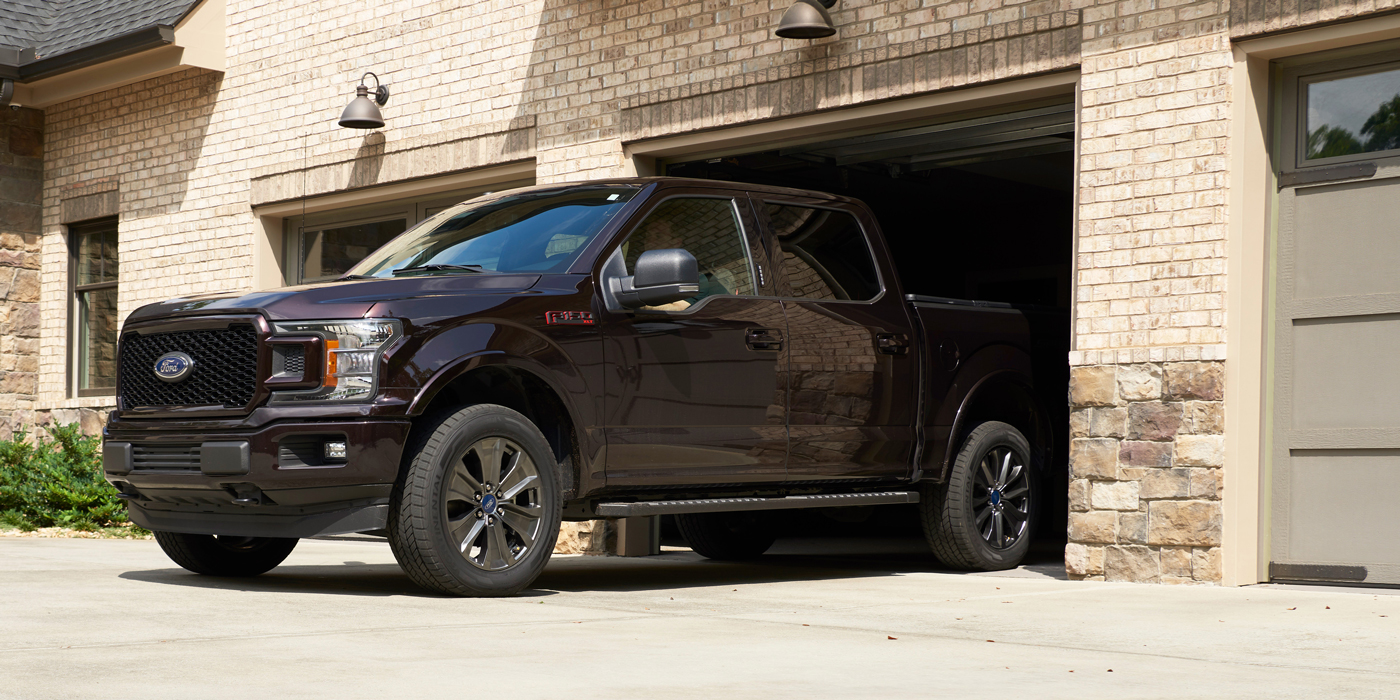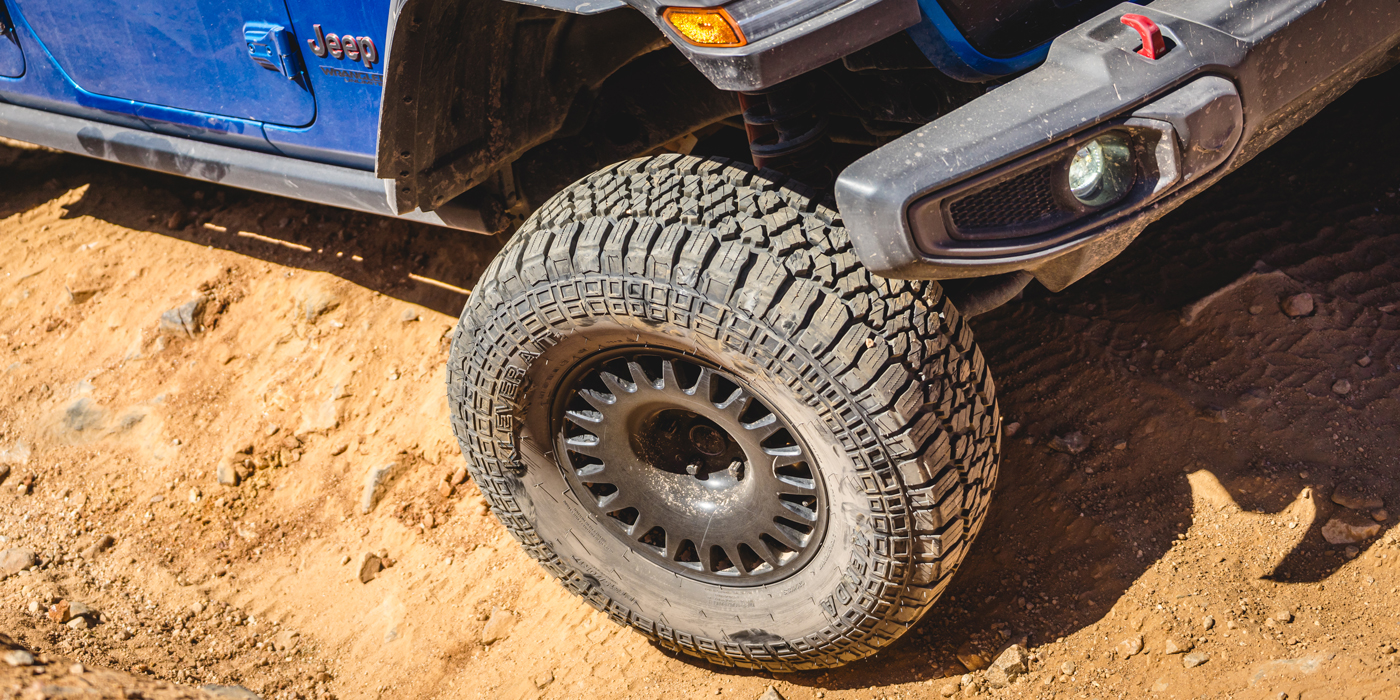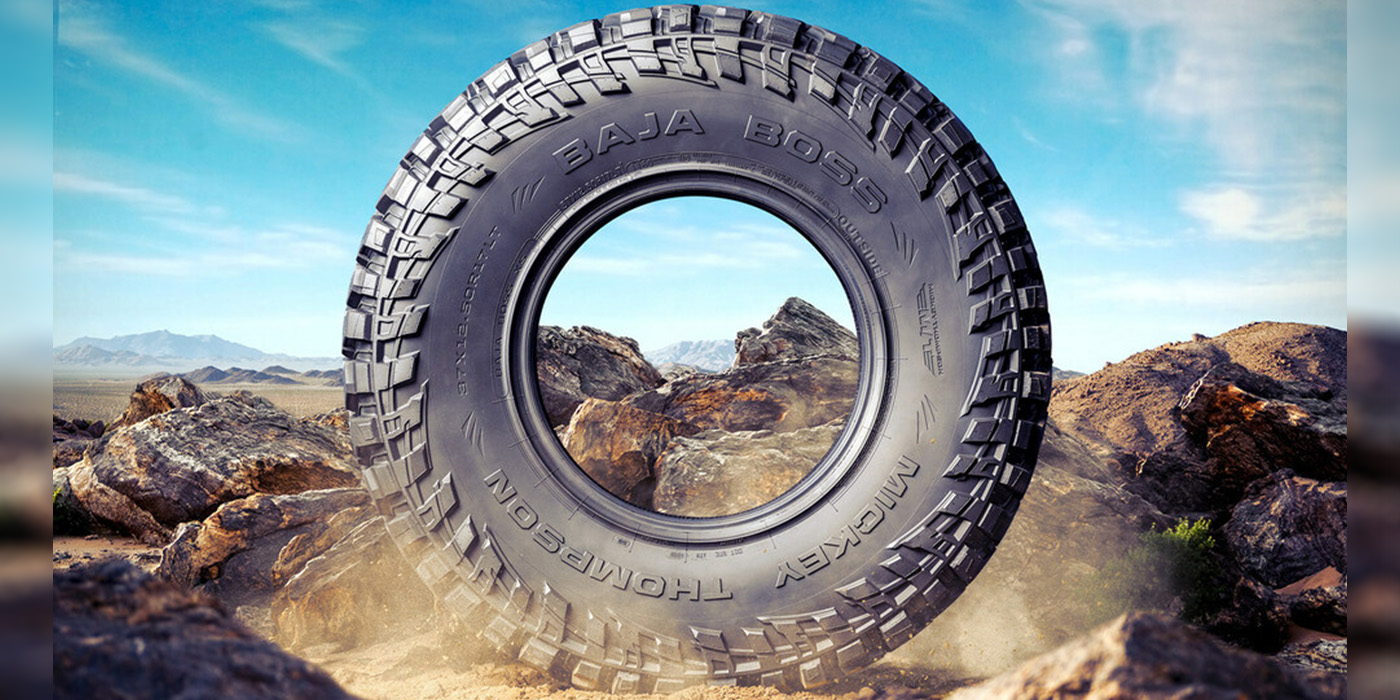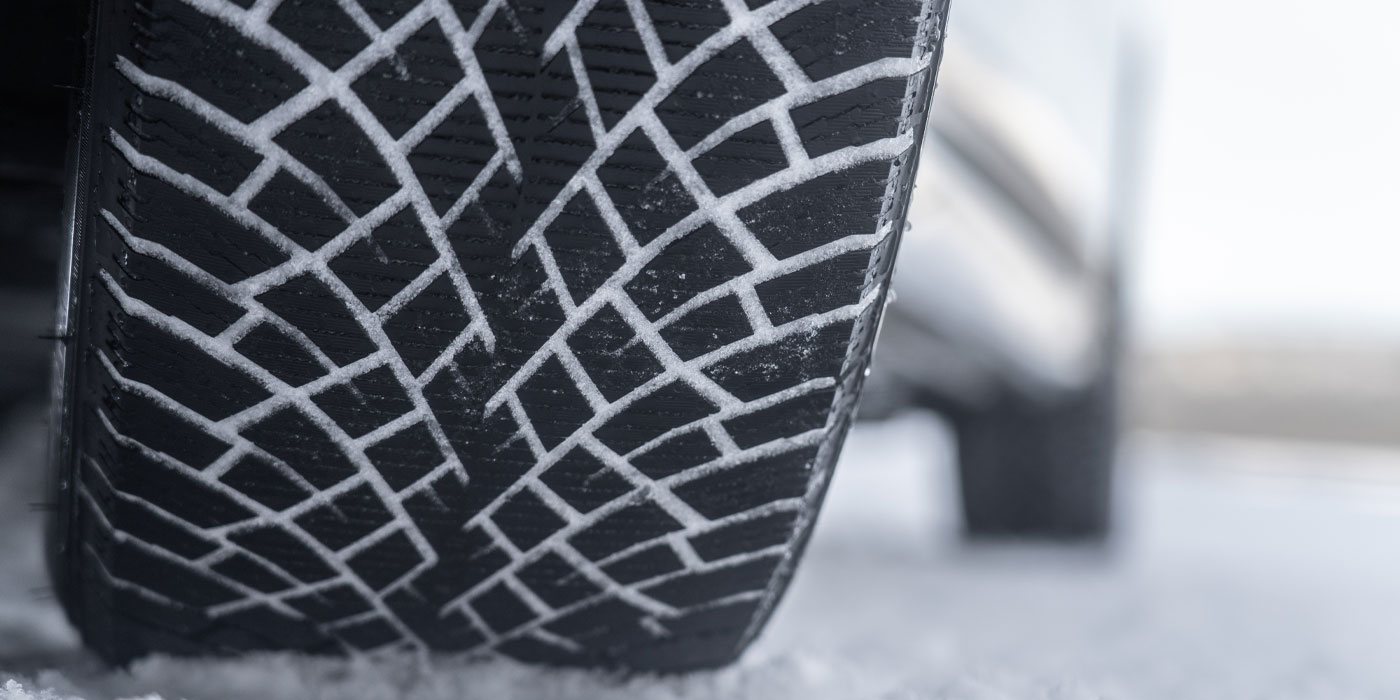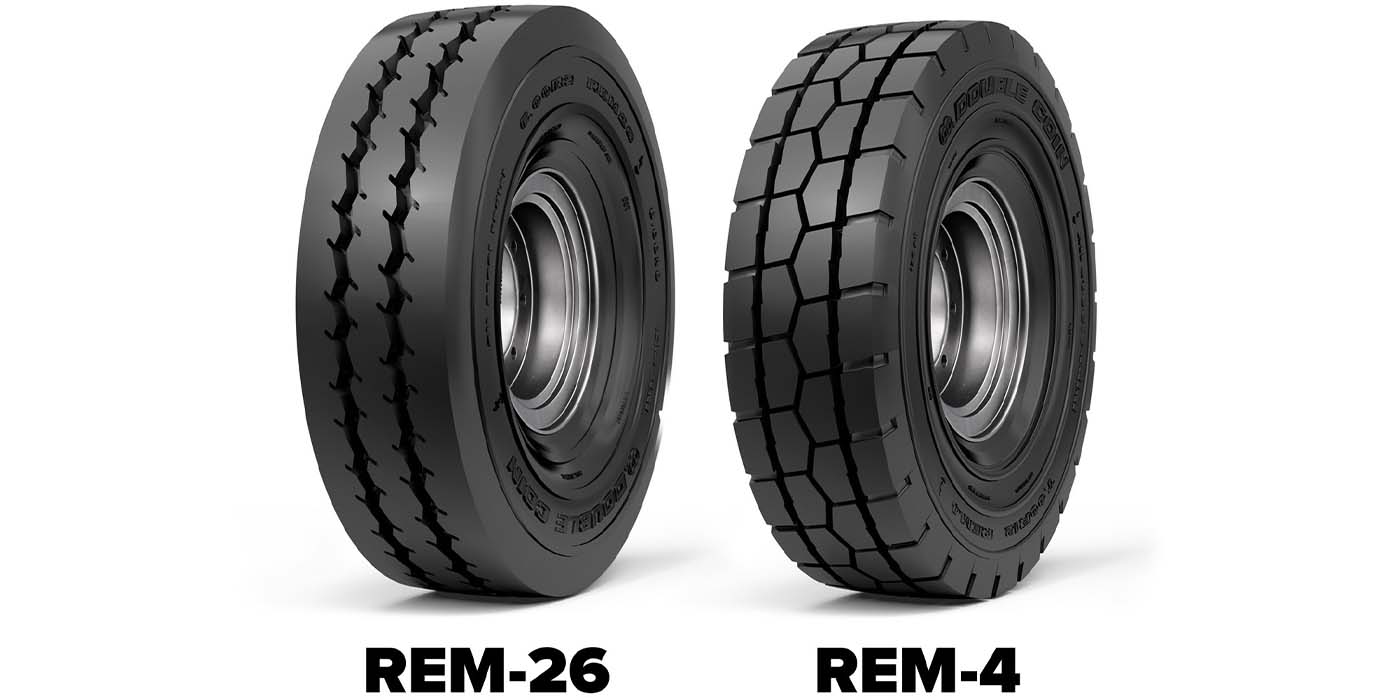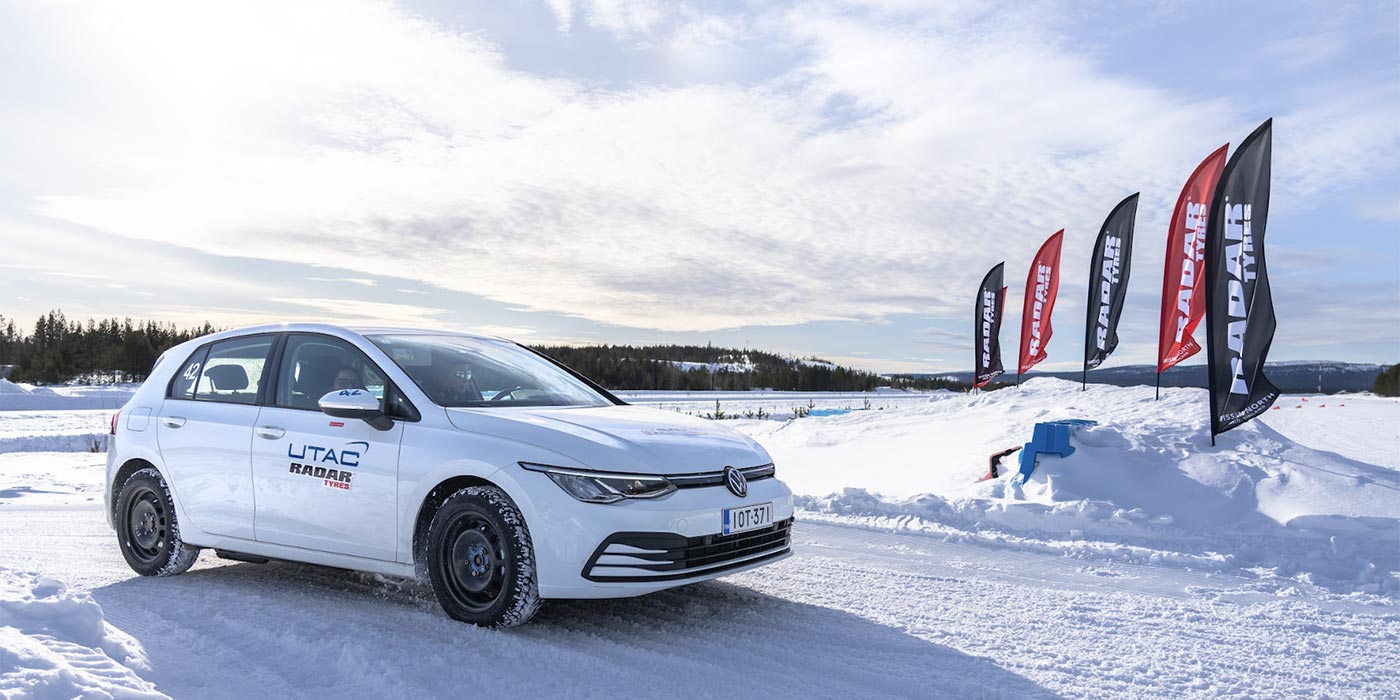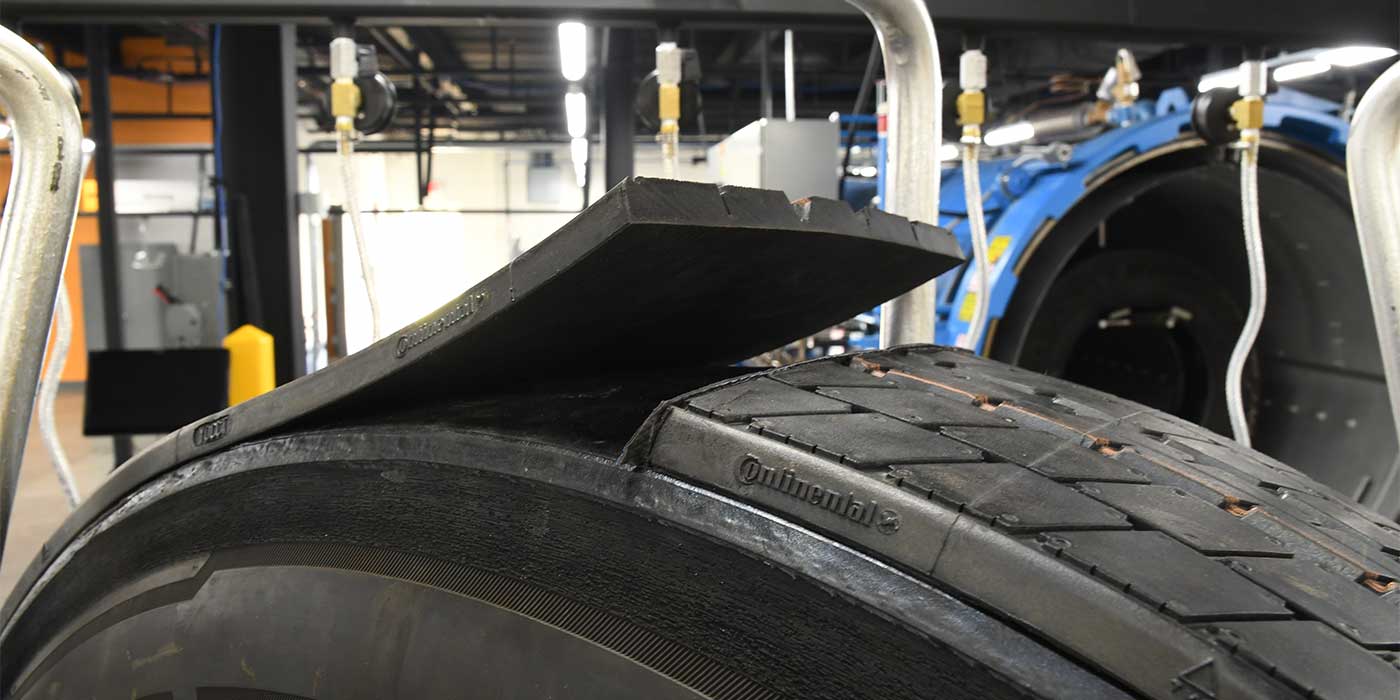Start at the Beginning
Welcome to Wheel Turnings, a new regular column that will discuss important –
and, we hope, valuable – technical and application issues with custom wheels and tire/wheel packages. In our ever-changing industry, we must always be aware of what our retail customers need and demand from us.
First, a little bit about me. I’ve been actively involved in the tire business for many years, the last eight specifically with high performance tires and custom wheels. As you have, I’ve seen or experienced many different fitment issues and OEM-created oddities that have been both challenging and frustrating. It’s that knowledge – and a fair bit of common sense ®“ that I plan to convey.
Time was that custom wheel selection and fitment were relatively simple endeavors. Not today, with all different vehicle configurations, tire sizes, and wheel types and styles to deal with, not to mention customer desires, and practical issues such as clearances. To become the performance tire/custom wheel "expert" your customers will appreciate, there is a lot to know and understand. That’s why we’re here.
Our goal is to provide useful, insightful information you can use as a reference manual. The information that will be conveyed will be invaluable to everyone in your organization, from the president to the tire tech to the salesman at the counter. Let’s face it, we’re all here to run a successful business providing goods and services to retail customers who put their faith and trust in us to guide them through the sale.
This column will provide you with the terminology, graphs, specs, data and insight that will help you to lower risk by making you aware of applications problems. Hopefully, we’ll help you increase sales by demonstrating new tire and wheel combinations, and reduce the number of unhappy customers you encounter.
And to make sure that you have the best opportunity to make a sale, we’ll provide selling techniques that can jump start your sales force by giving them the ammunition to close the deal. By asking the right questions and providing the right answers, you will build a solid relationship with your customer that will lead to word-of-mouth referrals and repeat business.
You’re on the front line in the battle to win the confidence of the consumer. If you win, we all win. So let’s get to it and start with the very basics you need to know about wheels.
Back to Basics – Part 1
Ever wonder what someone is talking about when they mention bolt pattern, offset or backside setting? Well, you’re not alone. Most people in the tire/wheel industry don’t fully understand their meaning or their relationships to each other and the vehicle.
In measuring a wheel you need to understand all aspects of what makes up the individual parts of the wheel. Our focus begins with terminology and measurements (see Diagram 1).
®′ Rim Diameter: Measured in inches or millimeters.
®′ Rim Width: Measured on the inside (not the outside) of the inner and outer flange.
®′ Offset: The distance in millimeters that the mounting pad is from the centerline. If the mounting pad is forward (toward the street) it is positive offset. If the mounting pad is toward the rear, it is negative offset.
®′ Backside Setting (Rear Spacing): The distance from the rear flange to the mounting pad (see Diagram 2).
®′ Caliper Clearance (X-factor): The amount of clearance built into the wheel to allow for the brake caliper.
®′ Mounting Pad: The surface of the wheel that touches the vehicle’s hub.
®′ Center Bore: The opening through the center of the wheel.
®′ Drop Center: The inside of the wheel in which the tire bead will be placed into to mount the tire. May also be reversed and have to be mounted from the back.
®′ Safety Hump: The small rise that helps hold the tire in place.
®′ Wheel Weight Contour (Inboard/Outboard Flange): Different OE/aftermarket manufacturers have different shapes to their flange, thus needing weights specifically designed for these wheels.
®′ Bolt Circle: On a 5-lug application, measure from the center of one bolt hole to the outer edge of the bolt hole closest to being directly across from it. For 4-, 6-, 8- or 10-lug applications, measure from the center of one bolt hole to the center of the bolt hole directly across the center.
Backside Setting
Referring to Diagram 2, measure backside setting by placing the wheel face down on a mat to protect the face. Next, place a straight edge across the rear flange and let it overhang the wheel. Now, drop a ruler perpendicular to the straight edge down to the mounting pad. This measurement – in inches ®“ is the backside setting.
The backside setting has a relationship to offset. Offset is relative to the width and backside setting of the wheel. For example, with a 6-inch-wide wheel add 1-inch to that width; the front and rear flange must be used in this calculation, which are roughly 1/2-inch each. The following formula will help you to understand this better.
(Width+1") / 2 = Centerline (3.5")
The backside setting was 3 inches. Therefore, the distance from the mounting pad face to the centerline is 1/2-inch. Multiply this by 25.4 to determine the millimeter offset (there are 24.5 millimeters to one inch), which, in this example, is 12.7mm. It is negative because the mounting pad is toward the rear of the wheel.
Other Key Terms
Terms that indicate the relationship of the mounting pad to the centerline of the wheel are illustrated in Diagram 2.
®′ Reversed Offset (REV): Mounting pad is near the rear of the wheel
®′ Standard Offset (STD): Mounting pad is at or near the centerline
®′ Medium Offset (MED): Mounting pad is between the centerline and street side of the wheel
®′ High Positive Offset (HPO): Pad is toward the street
Now that you have a solid foundation from which to build on, we’ll start discussing different types of wheels and finishes, and the pros and cons to each. Plus, we’ll talk about wheel maintenance.
If you would like a chart to convert backside setting to offset, just log on to www.tirereview.com and download a copy of a handy conversion chart. From time to time, we’ll be using our Web site to deliver additional information.
If you have questions or suggestions, please write to me c/o Tire Review or e-mail me at [email protected].
Until next month, Good Selling!

